Soul Hackers 2 wants to turn Persona fans into Shin Megami Tensei fans, and it feels stylish enough to pull it off
Hands-on with Soul Hackers 2, maybe the most Persona-like Megami Tensei game yet
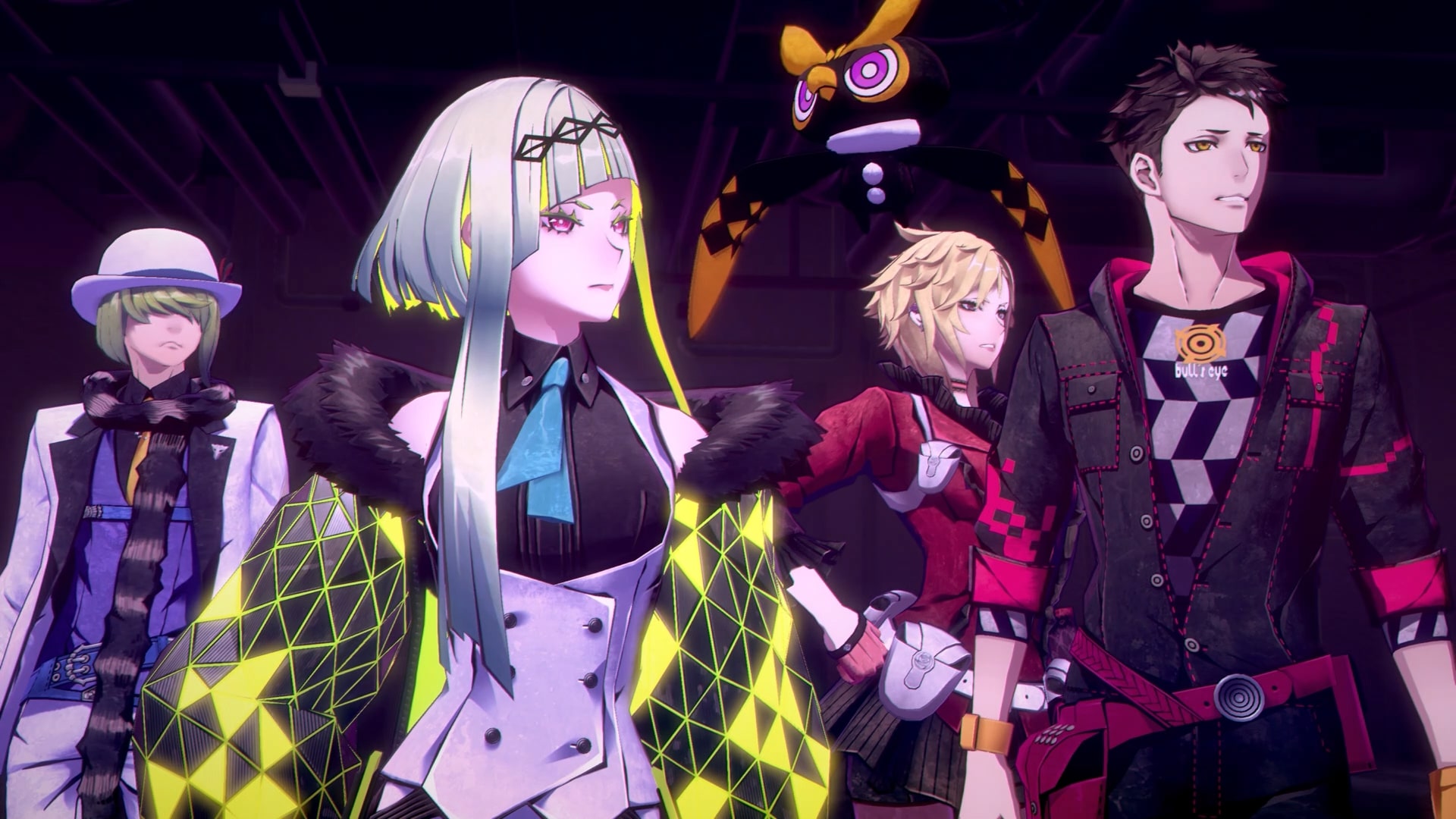
The Megami Tensei franchise is having a bit of a moment. Shin Megami Tensei 5 launched last year hot on the heels of the almost-as-excellent Nocturne HD, dropping a double-whammy of unforgiving dungeon-crawling and bleak world-building. This propelled the main branch of the franchise back into the spotlight, and seemingly to build on that momentum, Atlus is now digging up one of its many fringe spin-offs with Soul Hackers 2, a wholly independent entry for a sub-series that started in 1995 and hasn't seen a new installment – in any region – since 2009.
I got to play a bit of Soul Hackers 2 at the recent Summer Game Fest Play Days event, and it immediately felt like home in more ways than one. You don't need any prior knowledge to jump into it despite what the number in its title may imply, and this provides a nice clean entry point for fans of all kinds, not to mention a soft reset for the long-hibernating Devil Summoner saga. Soul Hackers 2 is also charting a promising course for dormant Megami Tensei sub-series by folding in ideas from Persona – technically a sister series but one that's commercially overtaken the main games – while simultaneously doubling down on what makes Shin Megami Tensei itself so special.
Bits and pieces of Persona
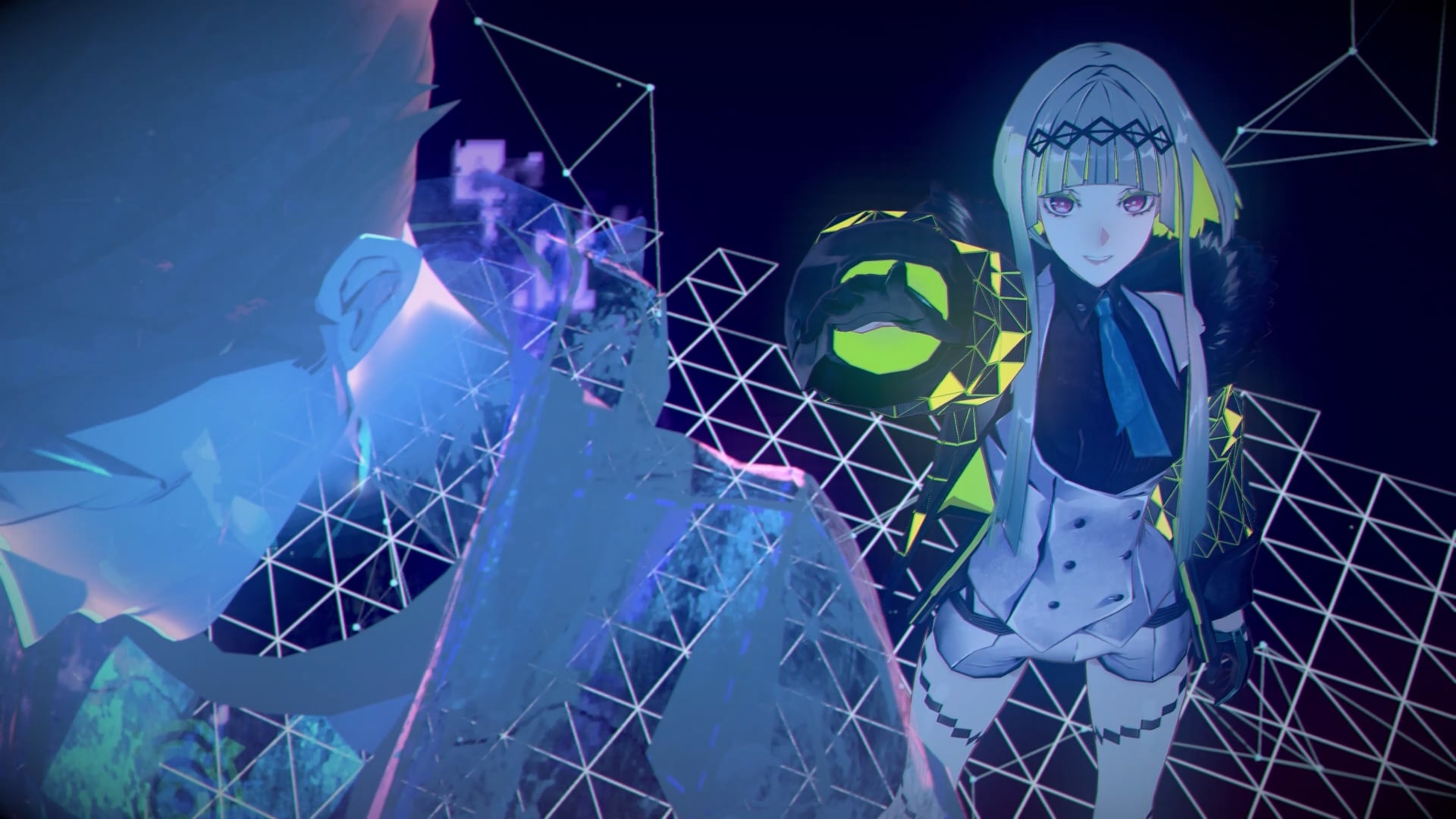
I don't want everything under the Megami Tensei umbrella to become Persona; we already have Persona for that, and Persona 6 looks like a shoo-in. But I've also got nothing against spinoffs and sub-series like this sharing notes to combine some of their strengths, and Soul Hackers 2 was definitely looking over the shoulder of Persona 5 Royal. This is immediately obvious from how the game is stylized, from portraits to battle UI. There's a recognizable, heavily inked, and positively gorgeous aesthetic to characters and menus. The extravagant themes of several areas – a neon city hiding ancient retreats, a vibrant circus with a flashy showman – could probably pass for Palaces in Persona 5. I've only seen a small sample of the world, and its city map notably smacks of Shin Megami Tensei 4, but there's definitely some Persona blood here.
I'm more surprised to learn that Soul Hackers 2 even has a Social Link-inspired system for party relationships called Soul Levels. AI protagonist Ringo can hang out with teammates to boost their Soul Level, and a Sega representative hinted to me that raising your friends' levels will improve their performance in combat by unlocking new abilities. I didn't see any gift-giving, but I did go to a bar with a guy named Arrow and down a beer for an impromptu hangout. I'm told that there are no wrong answers in these hangouts, meaning you can't accidentally disappoint or anger your friends like you can in Persona, positioning them as more of a narrative side-dish.
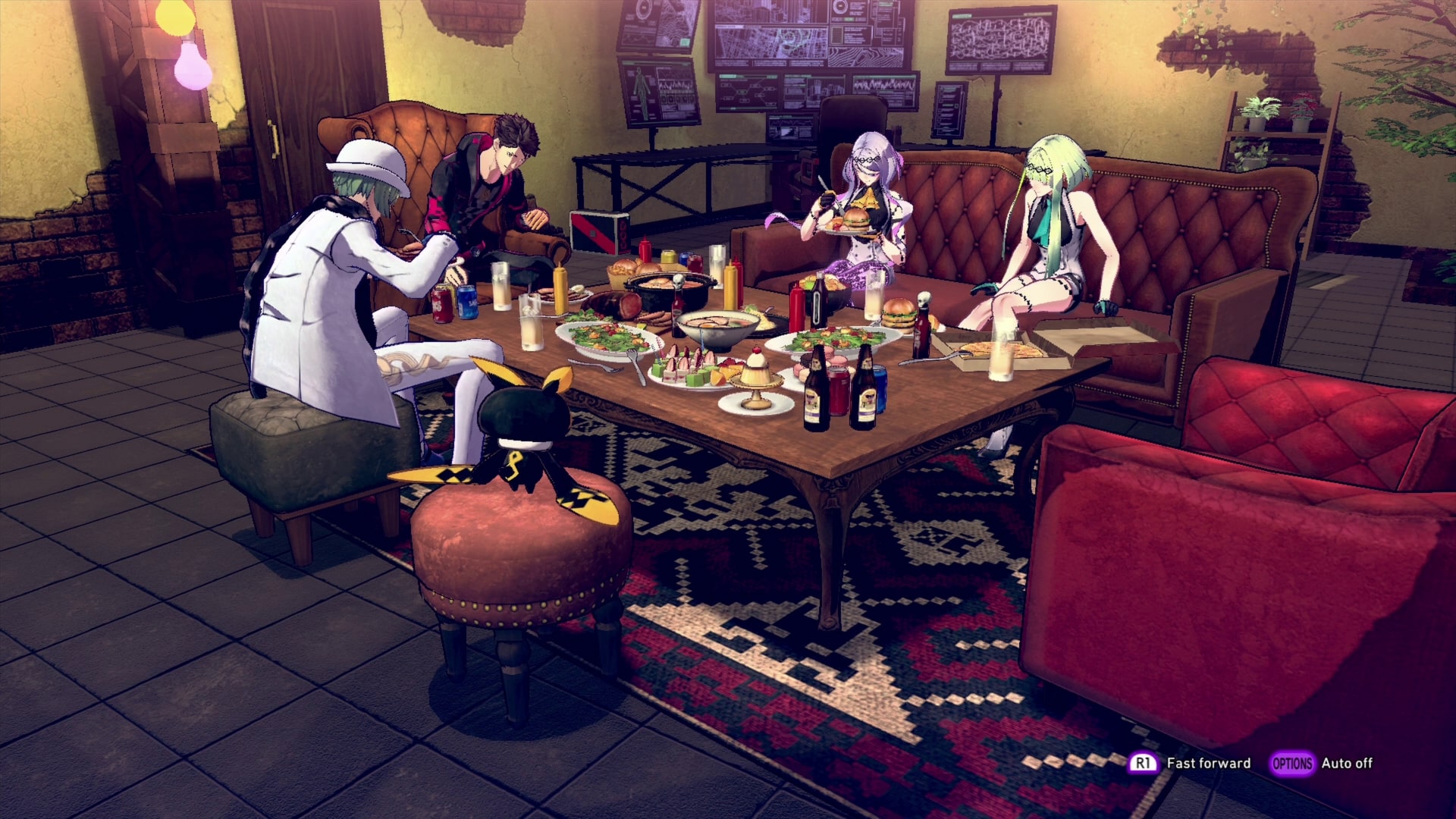
The presence of any sort of relationship system is pretty significant for Shin Megami Tensei games, which are, by design, often much lonelier experiences than Persona. Soul Hackers 2 doesn't seem to go as in-depth as Persona 5's Confidants, for example, but this is one mechanic that I love in basically every JRPG, so I'm happy to see it here. Getting away from the perspective of Persona also lets Soul Hackers 2 run with a fully voiced main character, which is a nice change of pace.
On top of hanging out with individual teammates, you can also customize your party's looks through flashy outfits – which notably include some Persona 5 drip. This is nothing new for JRPGs, but again, Shin Megami Tensei is usually a no-nonsense, gameplay-first kind of experience, so this kind of embellishment stands out.
But unmistakably Shin Megami Tensei
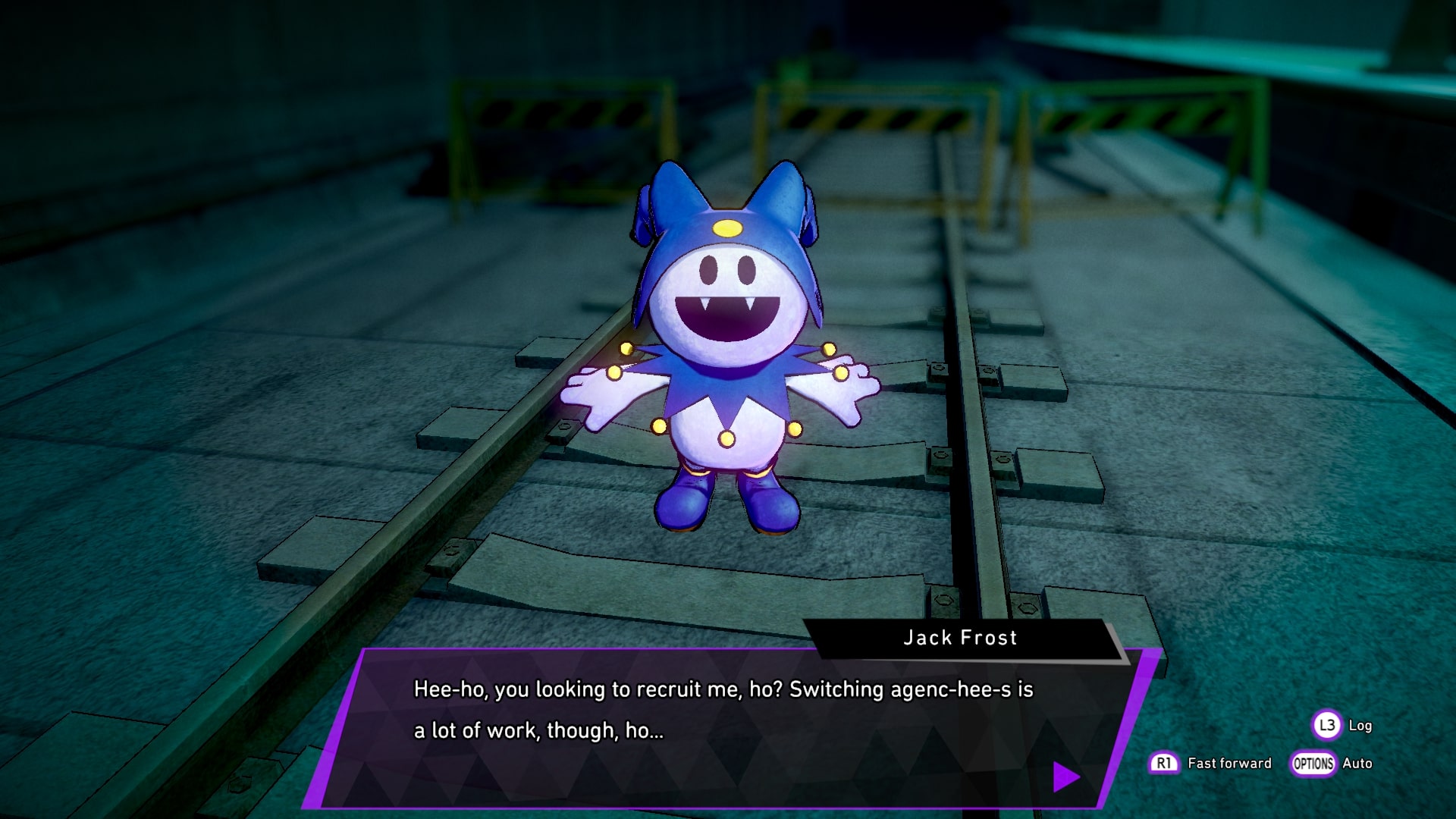
I'm intrigued by the Persona overlap, but I'm possibly more in love with what Soul Hackers 2 has done with demons. Persona games always revolve around their main human cast, but Shin Megami Tensei tends to give influential and high-ranking demons more limelight, and I generally find that I become more attached to the demons I create in those games. That looks especially true in Soul Hackers 2, which lets Ringo use familiar mythological creatures in cool new ways both in and out of combat.
Sign up to the GamesRadar+ Newsletter
Weekly digests, tales from the communities you love, and more
When you enter a dungeon, for instance, Ringo will send out her party of demons on a recon mission. You'll still have access to all of them in combat, but you'll also run into your demons out in the field for a brief chat which usually involves them giving you some money or items they found. It's fun to see and talk to my demons out in the world; it helps sell the demon-summoner relationship, and I'll take any excuse to appreciate these character designs in more detail.
Soul Hackers 2 makes some notable changes to a few other core mechanics.
In combat, you can build up Stacks – yes, they're just called Stacks – by hitting enemy elemental weaknesses. That's right; hitting weaknesses doesn't extend your turn anymore, though that could change later in the game past what I played in the demo. Instead, these Stacks let Ringo perform a powerful AoE attack at the end of the turn. The more stacks you get, the more demons Ringo will summon for this attack, though I'm not sure of the upper limit here. This is basically a demon version of Persona 5's all-out-attack, only you don't necessarily have to hit every enemy's weakness to pull it off, and it adds a lot to the tactics and presentation of battles. I love how shadowy silhouettes of the demons Ringo is about to summon circle the battle arena once you start gaining Stacks. And I quickly started to plan my turns around this ability by getting enemies just weak enough that a Stack-powered AoE would finish them off.
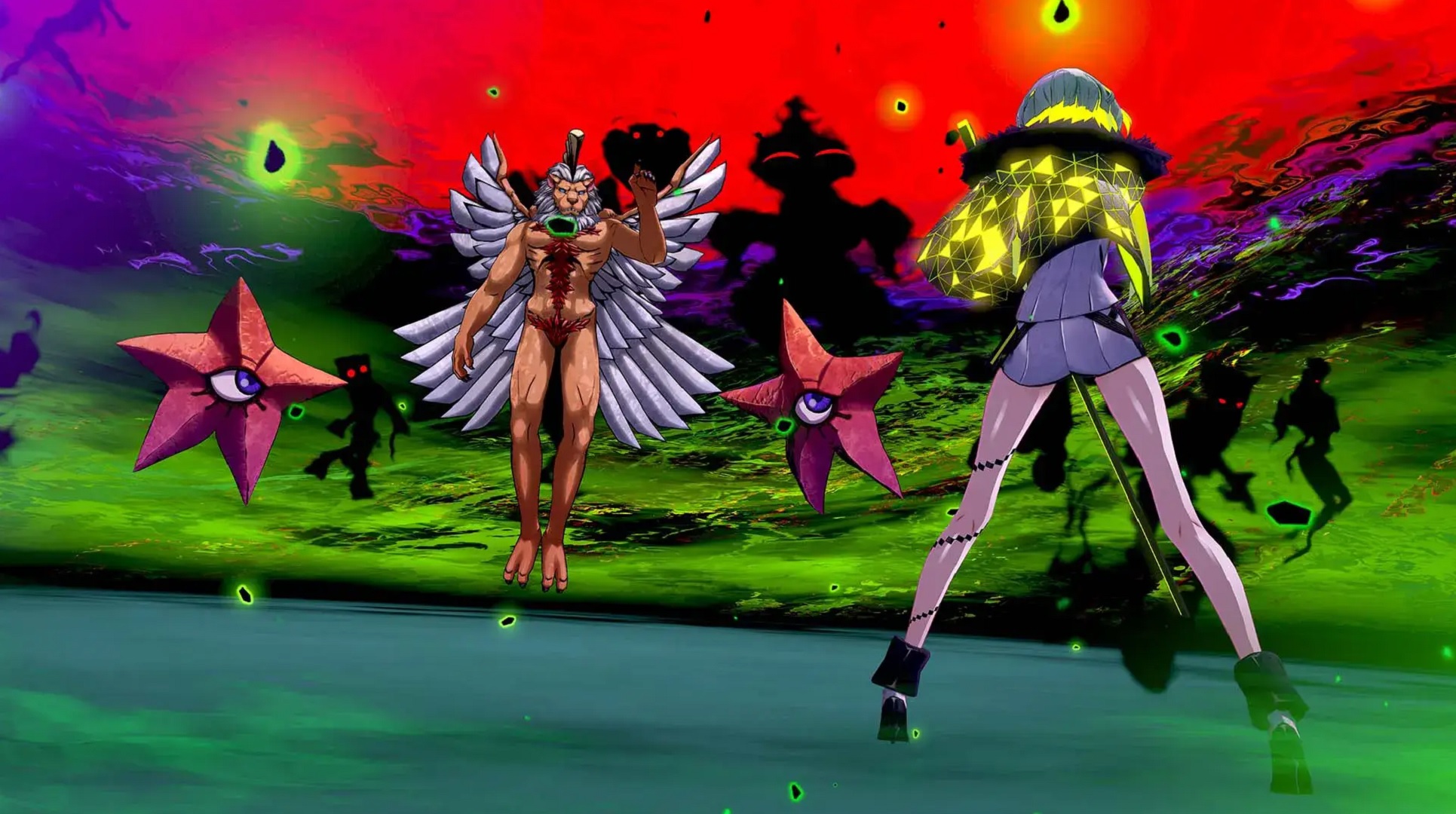
Soul Hackers 2 makes some notable changes to a few other core mechanics. Demon fusion seems to work the way it always does, but demon negotiation – the often frustrating and unpredictable process of recruiting a roaming demon to your side – is much more straightforward this time. I'm told you can reliably guarantee successful recruitment by having the right item or simply being a higher level than the target demon. As an aside, it seems that leveling a demon to the point that it learns all of its base skills will also net you a special item, which is interesting.
Here's some good news for Nocturne fans: judging from my demo, buffs have been reverted so that basic Kaja skills affect your whole party again. No Matarukaja required; Tarukaja, which is available super early on, affects everyone's attack now. Buffs were comically broken the last time we had this system, but Shin Megami Tensei games absolutely take names on higher difficulties, so I'm not complaining.
Soul Hackers 2 was one of the most promising games at Play Days, and after my brief hands-on session it might be my most anticipated game of the summer. I'm the type of person who was reluctant to stop playing Shin Megami Tensei 5 and is constantly fighting the urge to replay Persona 5. Soul Hackers 2 feels meaningfully distinct from both of them, but there are clear influences from them and other games I love. It feels like the kind of game that could get Persona purists into Shin Megami Tensei proper, and I'm thrilled to see Atlus poking at the more obscure parts of the franchise. If we can get Digital Devil Saga 3 next, I can finally update my bucket list.

Austin has been a game journalist for 12 years, having freelanced for the likes of PC Gamer, Eurogamer, IGN, Sports Illustrated, and more while finishing his journalism degree. He's been with GamesRadar+ since 2019. They've yet to realize his position is a cover for his career-spanning Destiny column, and he's kept the ruse going with a lot of news and the occasional feature, all while playing as many roguelikes as possible.


